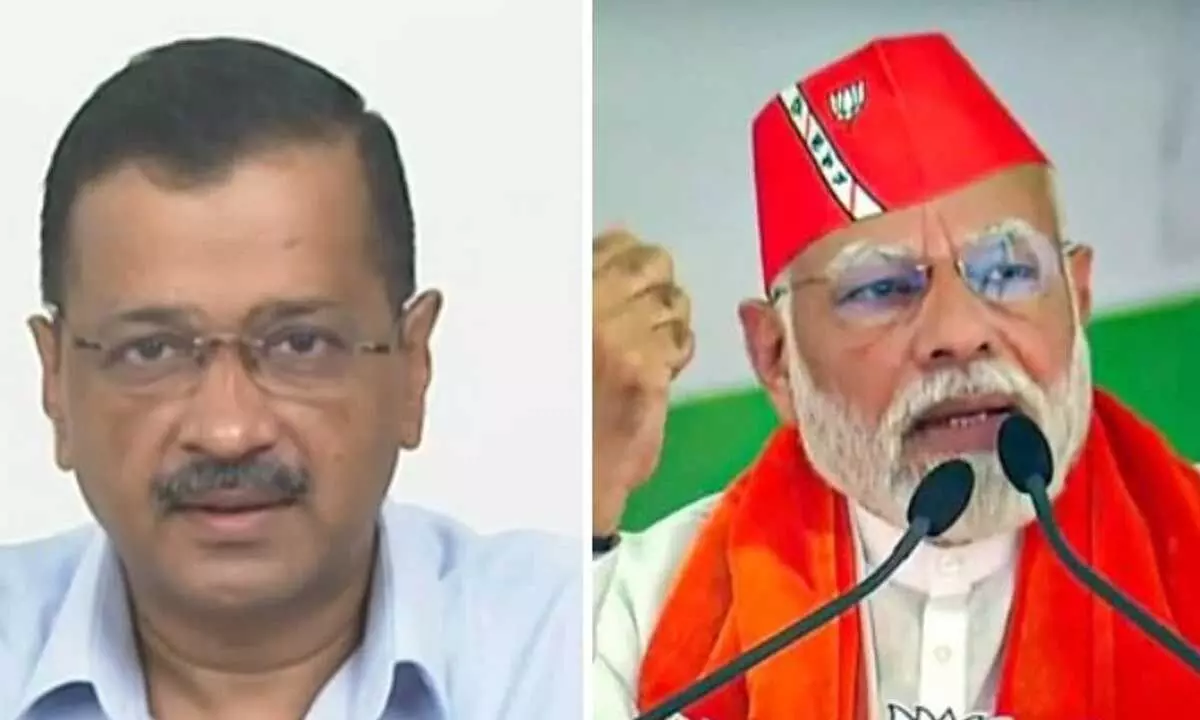BJP vs AAP: A Political Showdown in Delhi Elections

The upcoming Delhi elections have set the stage for an intense political battle between the Bharatiya Janata Party (BJP) and the Aam Aadmi Party (AAP).
The BJP vs AAP clash in Delhi is more than just an electoral contest; it’s a battle of ideologies and governance models. As campaigning intensifies, the parties will pull out all stops to sway the electorate. Regardless of the outcome, this election will serve as a litmus test for both parties—for the BJP’s ability to penetrate urban strongholds and for AAP’s capacity to maintain its dominance in the capital.
Both parties, representing distinct ideologies and strategies, are vying for the trust and votes of Delhi’s electorate. While the BJP seeks to capitalise on its national stature and policy-driven governance, AAP is banking on its grassroots connect and hyperlocal focus.
The political arena in Delhi is a three-way contest among the Aam Aadmi Party (AAP), the Bharatiya Janata Party (BJP), and the Congress. The AAP, under Arvind Kejriwal, has positioned itself as a champion of grassroots governance, emphasising education, healthcare, and electricity subsidies. The BJP’s campaign, heavily reliant on its central leadership’s appeal, focuses on national issues and promises of development. Meanwhile, the Congress seeks to regain its lost ground, though it struggles with organizational weaknesses and a lack of a clear narrative.
The BJP, led by Modi who calls AAP as Aapada has positioned itself as a party focused on strong national governance. Prime Minister Narendra Modi’s charisma remains a key asset, with the party emphasising flagship schemes like the Pradhan Mantri Awas Yojana, Ayushman Bharat, and Jal Jeevan Mission. For Delhi, the BJP has made promises to improve infrastructure, address pollution, and combat issues like illegal encroachments.
However, the BJP’s challenge in Delhi lies in its relatively weaker local leadership. Unlike in states where it has a strong Chief Ministerial candidate, the BJP’s strategy in Delhi revolves more around the central leadership. This reliance could either consolidate their support or alienate voters looking for a city-focused leader.
The Aam Aadmi Party, under Chief Minister Arvind Kejriwal, has cemented its position as a party rooted in local governance. Over the years, AAP has focused on education, healthcare, and utility subsidies, building a reputation for delivering on core civic issues. Its ‘Delhi model’ of development—with initiatives like the Mohalla Clinics, revamped government schools, and free electricity and water for low-income households—has garnered widespread appreciation.
Kejriwal’s team is doubling down on their track record, presenting themselves as the only party capable of understanding and addressing Delhi’s unique challenges. However, AAP faces criticism for its alleged populist policies and a perception of being overly confrontational with the central government.
Pollution is the most pressing concerns for Delhiites, both parties are making bold claims to tackle the city’s pollution crisis.
Urban Development: The BJP promises modernisation and large-scale infrastructure projects. AAP, on the other hand, argues that such plans often ignore the needs of marginalised communities, focusing instead on community-centric development.
AAP’s focus on public services like free water, electricity, and healthcare remains a pivotal point of its campaign. BJP, however, is trying to appeal to the middle-class electorate that often views subsidies with skepticism.
For Delhi voters, the choice isn’t merely between two political parties but between two governance models. While BJP offers a national perspective with promises of sweeping reforms, AAP’s hyperlocal approach emphasises immediate and tangible benefits.


